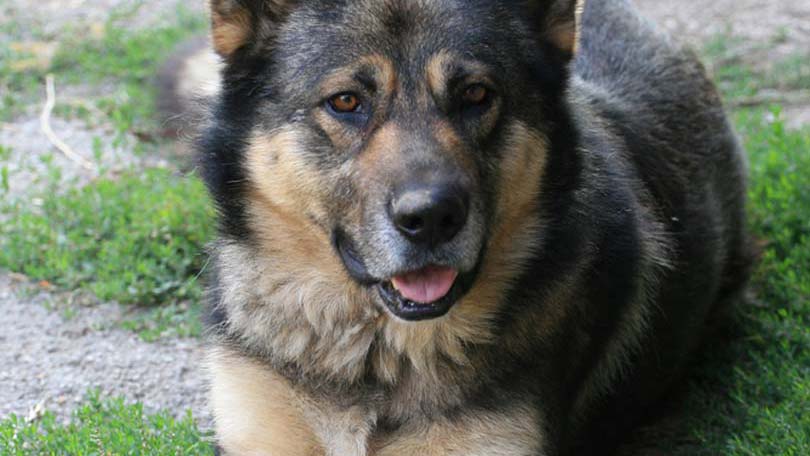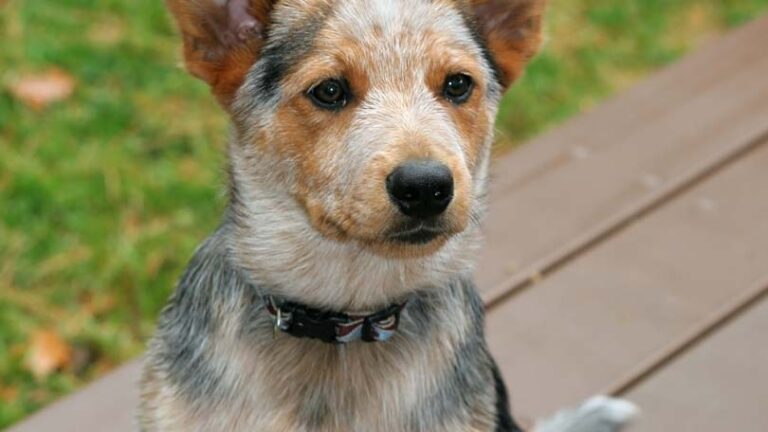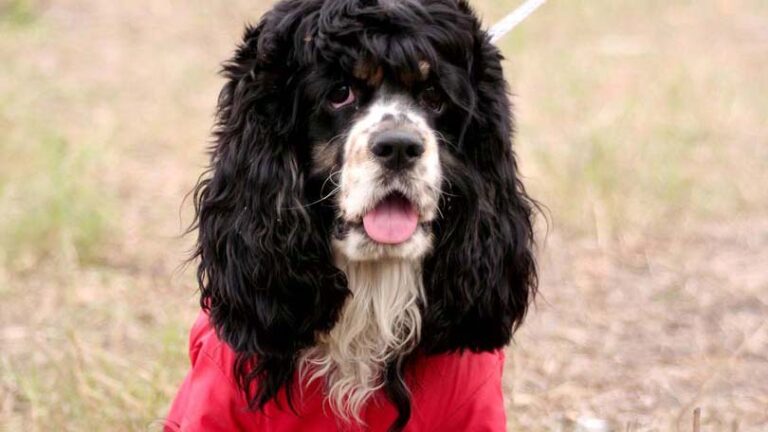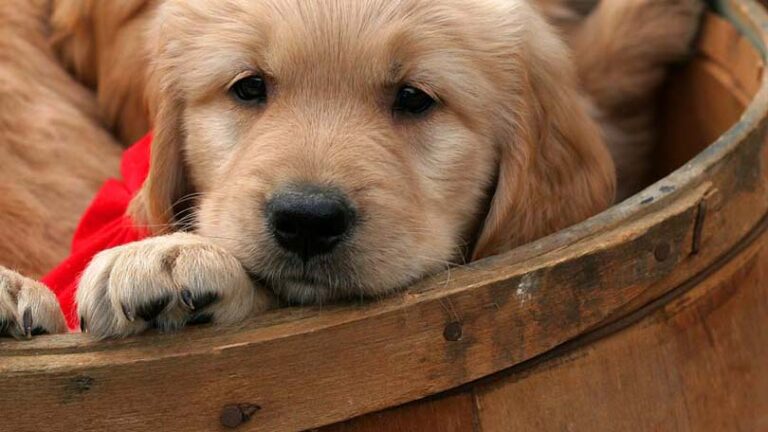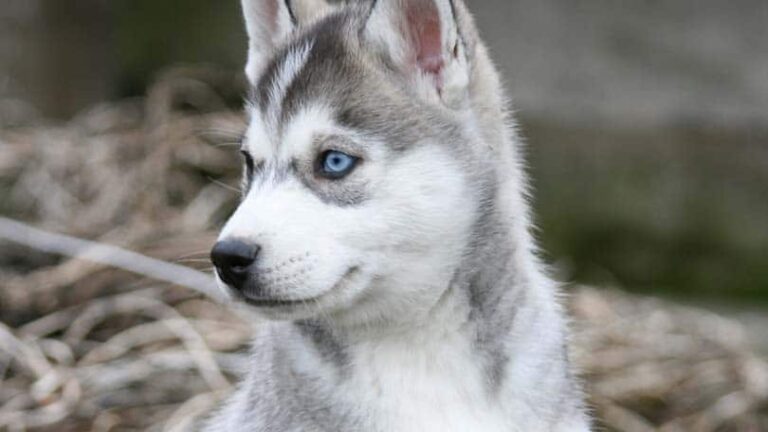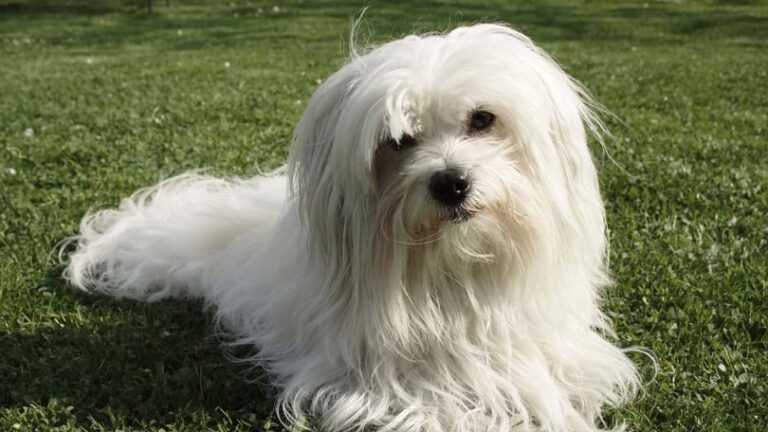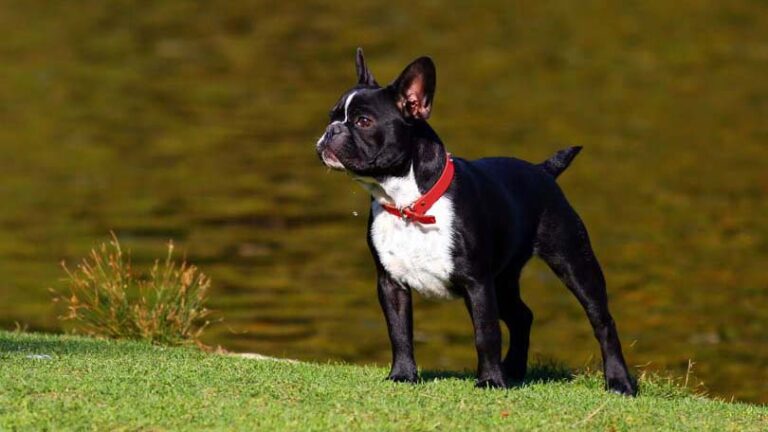German Shepherd Breed Profile
Courageous, protective, versatile, intelligent… the German Shepherd Dog is not the best at any one thing, they are the best at everything.
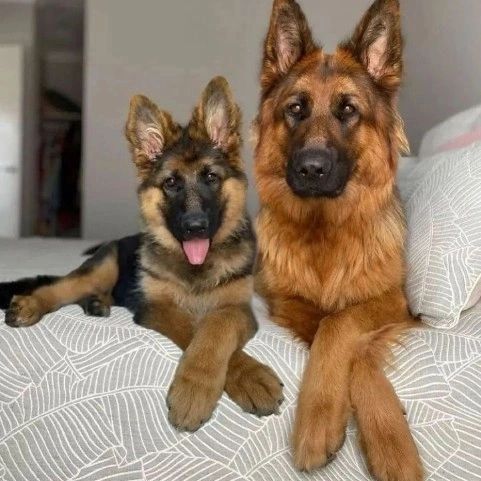
History and Origin of the German Shepherd Dog
It is said that German Shepherds are not the master of any one thing but the master of everything. This versatile and unique breed was first developed late in the nineteenth century to work as a sheepherder. Their intelligence, strength, and working ability were honed through a century of selective breeding to produce a dog that was loyal, eager to learn and please its owner, to be strong enough, and had the endurance to work all day without tiring and protect their herd if the need arose.
In Germany in 1899, Max von Stephanitz was looking for a working dog that displayed these traits when he came across Hektor Linskrhein. Hektor was purchased by von Stephanitz and was renamed Horand von Grafrath and became the first German Shepherd Dog (Deutsche Schaferhunde).
In 1919, the UK Kennel Club recognized the GSD and a total of fifty-four dogs were registered that year. Seven years later, the popularity of the breed had grown so much that 8,000 dogs were registered that year.
The German Shepherd Dog quickly grabbed the hearts of Americans when Rin Tin Tin and Strongheart hit the big screen. Although anti-German sentiment after World War II caused fluctuations in the popularity of the breed, since 1993 the breed has held onto the number three spot in registered dogs in the US and shows no sign of diminishing.
Why Alsatian?
After World War I, the German Shepherd Dog was officially renamed the Alsatian Wolf Dog in the UK because of anti-German sentiment. Other kennel clubs soon followed suit and the name remained for over fifty years. In 1977, breed enthusiasts convinced the Kennel Club to switch the name back to the original German Shepherd Dog. Unfortunately, there are still those that feel the Alsatian and the GSD are actually two separate breeds, confusing matters unnecessarily.
ACK Show Standard *
General Appearance
The first impression of a good German Shepherd Dog is that of a strong, agile, well muscled animal, alert and full of life. It is well balanced, with harmonious development of the forequarter and hindquarter. The dog is longer than tall, deep-bodied, and presents an outline of smooth curves rather than angles. It looks substantial and not spindly, giving the impression, both at rest and in motion, of muscular fitness and nimbleness without any look of clumsiness or soft living. The ideal dog is stamped with a look of quality and nobility–difficult to define, but unmistakable when present. Secondary sex characteristics are strongly marked, and every animal gives a definite impression of masculinity or femininity, according to its sex.
Temperament
The breed has a distinct personality marked by direct and fearless, but not hostile, expression, self-confidence and a certain aloofness that does not lend itself to immediate and indiscriminate friendships. The dog must be approachable, quietly standing its ground and showing confidence and willingness to meet overtures without itself making them. It is poised, but when the occasion demands, eager and alert; both fit and willing to serve in its capacity as companion, watchdog, blind leader, herding dog, or guardian, whichever the circumstances may demand. The dog must not be timid, shrinking behind its master or handler; it should not be nervous, looking about or upward with anxious expression or showing nervous reactions, such as tucking of tail, to strange sounds or sights. Lack of confidence under any surroundings is not typical of good character. Any of the above deficiencies in character which indicate shyness must be penalized as very serious faults and any dog exhibiting pronounced indications of these must be excused from the ring. It must be possible for the judge to observe the teeth and to determine that both testicles are descended. Any dog that attempts to bite the judge must be disqualified. The ideal dog is a working animal with an incorruptible character combined with body and gait suitable for the arduous work that constitutes its primary purpose.
Size, Proportion, Substance
The desired height for males at the top of the highest point of the shoulder blade is 24 to 26 inches; and for bitches, 22 to 24 inches. The German Shepherd Dog is longer than tall, with the most desirable proportion as 10 to 8½. The length is measured from the point of the prosternum or breastbone to the rear edge of the pelvis, the ischial tuberosity. The desirable long proportion is not derived from a long back, but from overall length with relation to height, which is achieved by length of forequarter and length of withers and hindquarter, viewed from the side.
Head
The head is noble, cleanly chiseled, strong without coarseness, but above all not fine, and in proportion to the body. The head of the male is distinctly masculine, and that of the bitch distinctly feminine.
The expression keen, intelligent and composed.
Coat
The ideal dog has a double coat of medium length. The outer coat should be as dense as possible, hair straight, harsh and lying close to the body.
Gait
A German Shepherd Dog is a trotting dog, and its structure has been developed to meet the requirements of its work. General Impression– The gait is outreaching, elastic, seemingly without effort, smooth and rhythmic, covering the maximum amount of ground with the minimum number of steps. At a walk it covers a great deal of ground, with long stride of both hind legs and forelegs. At a trot the dog covers still more ground with even longer stride, and moves powerfully but easily, with coordination and balance so that the gait appears to be the steady motion of a well-lubricated machine.
* Copied in part from the American Kennel Club breed standard
Color
When you picture a German Shepherd Dog, you picture the traditional richly colored black and tan that stands for protection and service throughout the world. However, GSDs do come in a variety of other colors including pure black, pure white, sable, and bi-color, although they are not as popular or as common. There are variances in the richness of the tan from an almost near white to a deep, rich red. All are permissible, however, the moderate toffee color is most desirable.
Temperament
German Shepherds are famous for their intelligence, loyalty, and confidence. These traits were bred into the breed at its inception and continue to be the most desired qualities in a line. GSDs can seem aloof and somewhat unaffectionate or antisocial to strangers but their fixed loyalty is an asset to both pet owners and handlers. GSDs are protective of their people and property and can become overprotective if not socialized.
GSDs are considered one of the more dangerous breeds and make up for usually fifty percent of bites requiring medical attention in the US. This could be argued that the popularity of the breed over-represents the breed but just the same, anyone looking to purchase a GSD should be aware of the stats and understand that it takes an experienced owner to properly socialize and train these dogs.
The Working GSD
Their physical strength, extreme intelligence, trainability, and versatility make the GSD a popular choice as service dogs. GSDs fiercely bond to their owner, making them more apt for police, search and rescue, and other working jobs for dogs.
However, this extreme loyalty can also hinder. The first Seeing Eye dogs were GSDs however it was found that they could not adjust to a new handler as well as the happy-go-lucky Labrador Retriever and Golden Retrievers and since dogs often go through two owners in their working career, the GSD has lost popularity as dogs for the blind.
Life Span & Health of the German Shepherd Dog
The average lifespan for the GSD is 9 to 11 years, normal for a breed of its size.
Von Stephanitz may not have done his breed any good at its inception. He bred and inbred many closely related dogs to produce Beowulf, the great granddaddy of all GSDs. Due to this early inbreeding, there is now discussion about the overall health of the GSD. Hip dysplasia is common in the breed and Degenerative Myelopathy (DM) occurs with such frequency in older GSDs that it is believed that the breed is genetically predisposed to the disease.
The German Shepherd Dog also suffered from its popularity and poor breeding practices in the 60’s, 70’s, and 80’s. Originally bred for its intelligence, strength, and endurance, the modern US show GSD is a dog of extreme looks with little emphasis put on health or mental stability. In Germany, both dogs and bitches must pass basic obedience, tracking, and endurance tests as well as earn their championship in the show ring before being used in a breeding program.
Recently, the overall health of German Shepherd Dogs has improved with dedicated breeders trying hard to bring back the physical and mental qualities that are characteristic of the breed.
Other medical conditions to be aware of are:
- ear infections due to how open the ear canal is to environmental pollutants
- arthritis
- elbow dysplasia
- Gastric torsion or ‘bloat’
- Von Willebrand Disease
Famous German Shepherds
Is there any breed as recognizable as the German Shepherd Dog?
- Strongheart – the first GSD actors, Strongheart’s real name was Etzel von Oeringen. He was a trained police dog. He starred in six movies including the 1925 adaptation of White Fang. Strongheart Dog Food is still in production.
- Rin Tin Tin – The original Rinty was brought to the US by American serviceman Lee Duncan after World War I. Rinty soon found his way into the movies, often playing a wolf and even did his own sound effects for this radio show. Rinty descendants are still being bred by El Rancho Rin Tin Tin in Latexo, Texas.
- Blondi – Adolf Hitler’s precious GSD
- Clipper – JFK’s famous GSD.
- Major – Franklin D. Roosevelt’s dog.
- Abbey – a three year old GSD who played Sam in I am Legend
- Koton – played Jerry Lee is the James Belushi movie K9
- London – starred as the Littlest Hobo in the original 1958 movie
- Bullet – owned by Roy Rogers and Dale Evans starred on the ‘Roy Rogers Show’ as himself
- Champ – VP Joe Biden’s dog

Having discovered a fondness for insects while pursuing her degree in Biology, Randi Jones was quite bugged to know that people usually dismissed these little creatures as “creepy-crawlies”.

